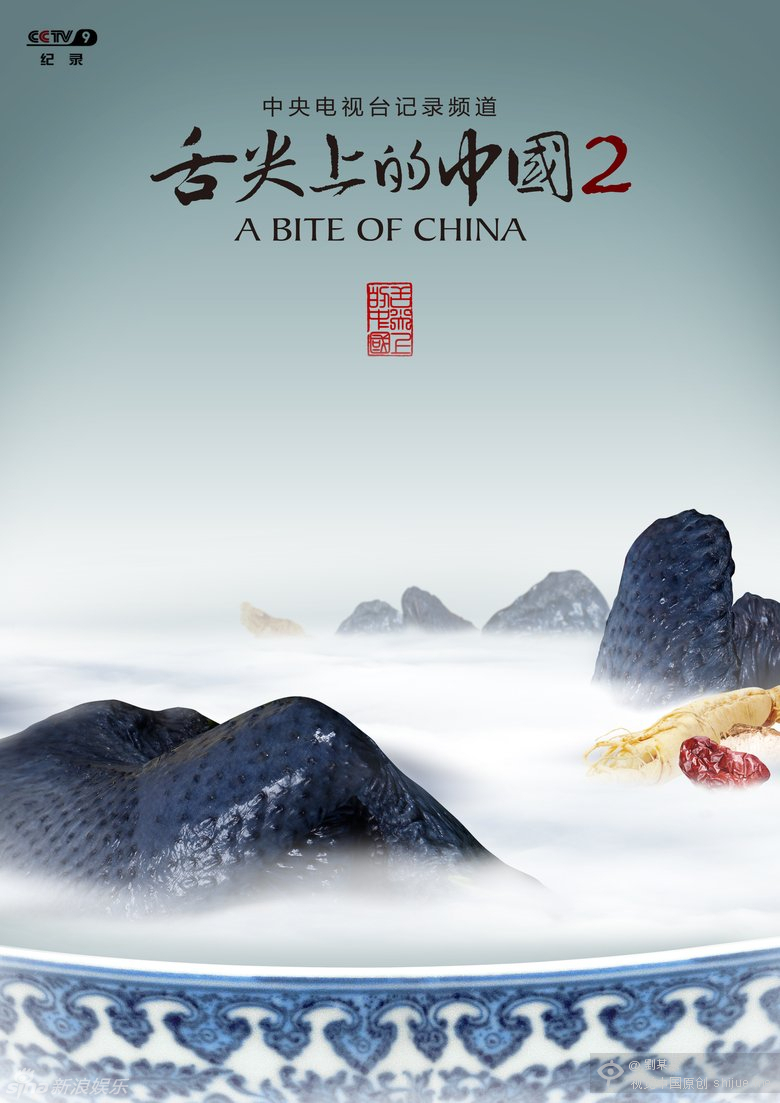Cultural China
Another important part of the nation’s transition, “Cultural China” has inspired my research on culture and art from the micro, macro and structural levels.
Visual processing and hedonic evaluation of art
This study explores how accompanying text affects the way an individual views and interprets a painting. We randomly assigned participants to view 20 paintings from the classical era with factual information, contextualized background information, or no information displayed next to them. We then recorded their visual gaze using an eye-tracking device and asked them to evaluate the paintings. The results show that how people view a painting and how they evaluate a painting are two distinct cognitive processes. The contextual information serves to orient the viewing process. The accompanying text influences the visual attention and gaze pattern but has limited impact on the hedonic evaluation of paintings. Instead, hedonic evaluation is more of a taste acquired through education and socialization. This study offers an empirical footnote to discussions on the cognitive assumptions in sociological studies of art and cultural phenomena (Lin & Yao, 2017).
Cultural affinity and consumption diversity
Collaborating with big-data experts and computer scientists, we study culinary preferences—one of the most stable cultural tastes of humans. We sampled 129,592 restaurants and 567,162 comments on Dianping (www.dianping.com), the biggest restaurant review website in China. We looked at the distribution of cuisines across China and examined how climate, location and migration affected culinary tastes (Lin & Zhu, work in progress). In a second study, we explored Chinese musical preferences by using web crawlers to find 3,411,140 songs on 1,149,925 favourite playlists on NetEase Cloud Music, one of China’s biggest online music platforms, in September 2016. Our preliminary research reveals a gendered musical taste among Chinese: female users tend to prefer new songs and are not as eclectic in their choices as males (Han, Lin, Zhu & Hadzibeganovic, work in progress).
Han Chinese imagination of Tibet
The sixth Dalai Lama Tsangyang Gyatso has become wildly popular among Han Chinese in recent years. Behind the interest is the fantasy of an idyllic and spiritual Tibet, which has gradually replaced the previous “hell” image of Tibet. I offered a contextualised account of the social construction process of these contrasting images. I argued that the Tibet fantasy is built on three sets of structural conditions: the controversy of Tsangyang Gyatso, the authoritarian regime’s grand mission of nation-building, and the commercialised mass media. Through a hybrid construction process in which contemporary Chinese imagery on Tibet has oscillated between Han Chinese, Tibetan and Western ideas, Han Chinese develop a discourse, both oppressive and liberating, transferring Tibet into a secular fantasy represented by Tsangyang Gyatso (Lin, 2018).


